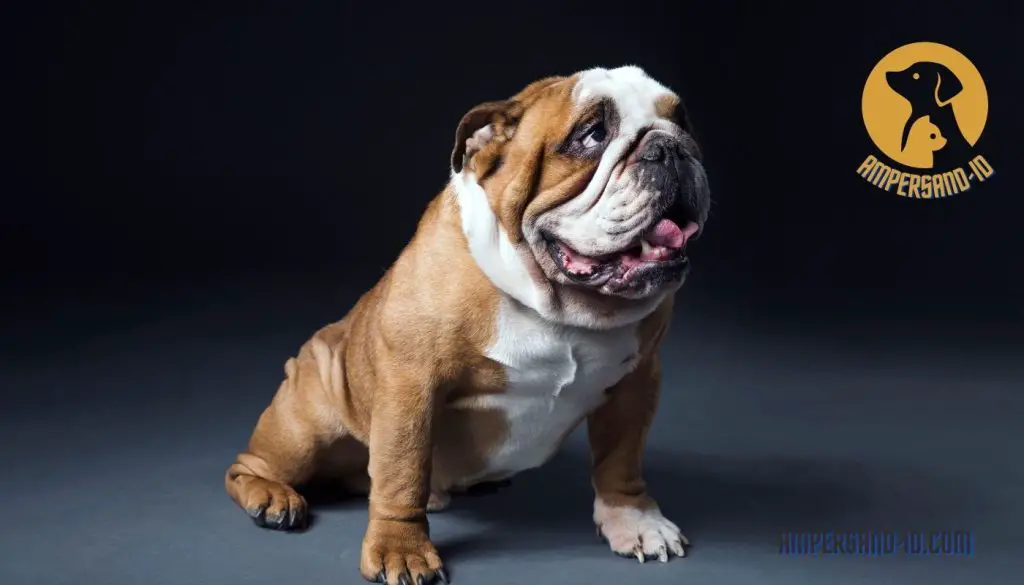In the vast tapestry of canine companionship, few breeds stand out as distinctly as Bulldogs. Recognized for their distinctive wrinkled faces, muscular build, and unwavering loyalty, Bulldogs are more than just pets; they are living embodiments of a fascinating history. As we embark on this journey through time, we unravel the story behind the Bulldog breeds, tracing their roots and understanding the evolution that has shaped them into the beloved companions we know today.
The recognition of Bulldog breeds as a category in the canine world piques curiosity, but their history is a captivating tale that extends beyond mere classification. From their origins in bull-baiting rings to their role in shaping cultural symbols, Bulldogs have left an indelible mark on history. Join us as we delve into the depths of time, exploring the intriguing origins and evolution of Bulldog breeds, uncovering the layers of history that contribute to their enduring appeal in the modern world.
Ancestral Beginnings: The Alaunt
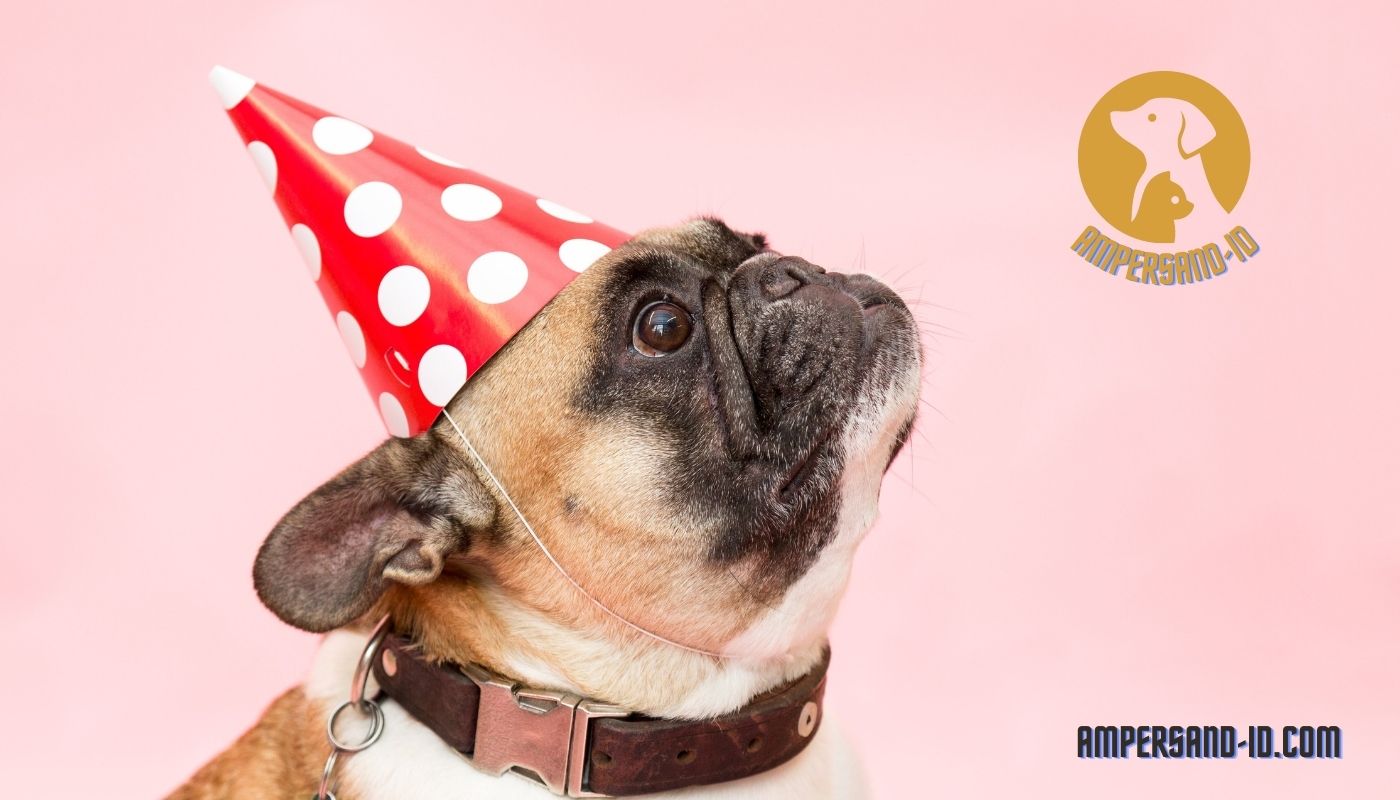
To truly understand the history of bulldog breeds, we must first delve into their origins. These dogs have a common ancestor known as the Alaunt, a powerful and muscular breed that existed in ancient times. The Alaunt is believed to have originated in Central Asia and migrated with various nomadic tribes across Europe.
The Norman Influence and Mastiff Development
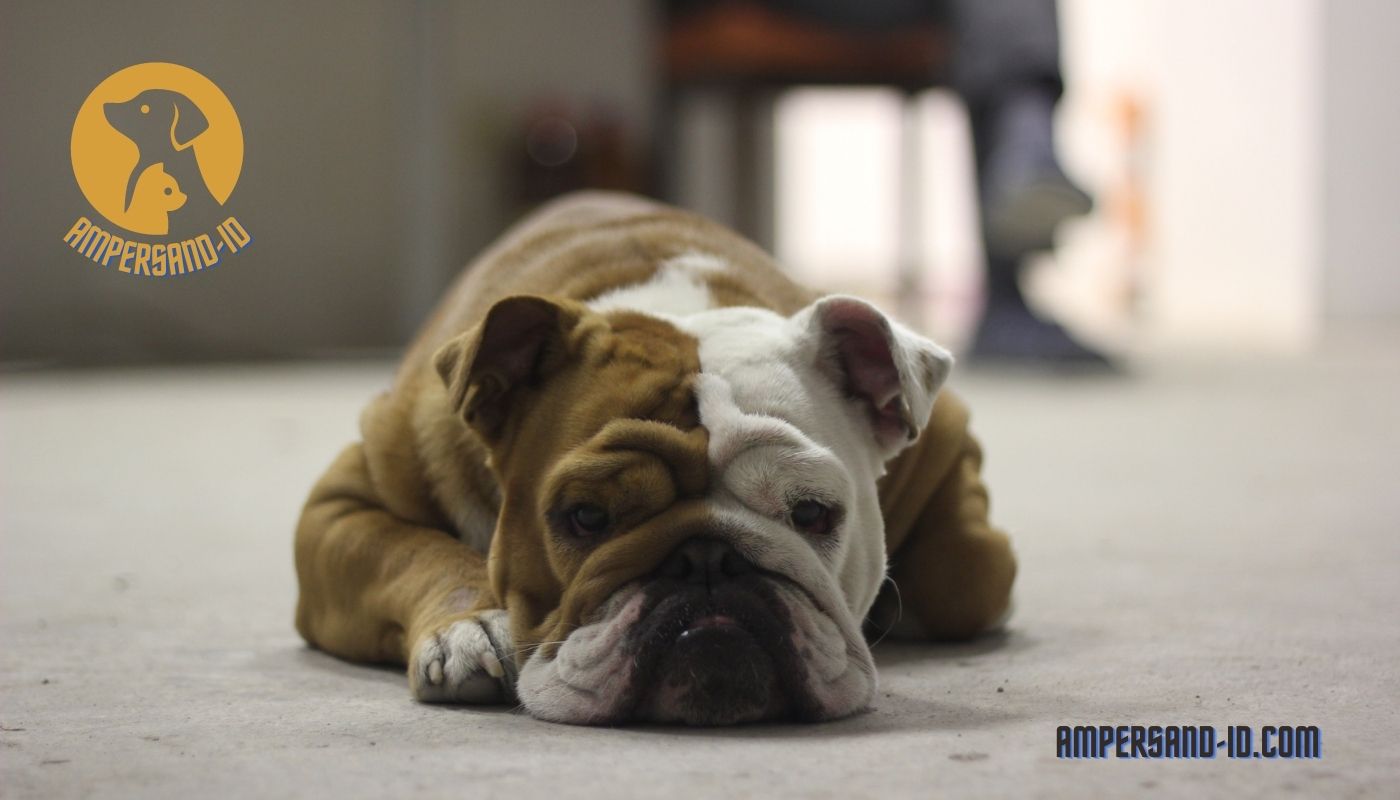
In the early Middle Ages, the Alaunt was introduced to the British Isles by the Normans during the Norman Conquest of England in 1066. These dogs were initially used for guarding livestock and as war dogs, owing to their strength, loyalty, and fearlessness. Over time, the Alaunt interbred with local breeds, resulting in the development of a new breed known as the Mastiff.
Mastiffs and Their Roles
The Mastiff, which shares many similarities with modern bulldog breeds, became increasingly popular in England during the 13th and 14th centuries. They were used for various purposes, including hunting large game, guarding estates, and even participating in bull-baiting, a popular sport at the time.
Bull-Baiting Era and Selective Breeding
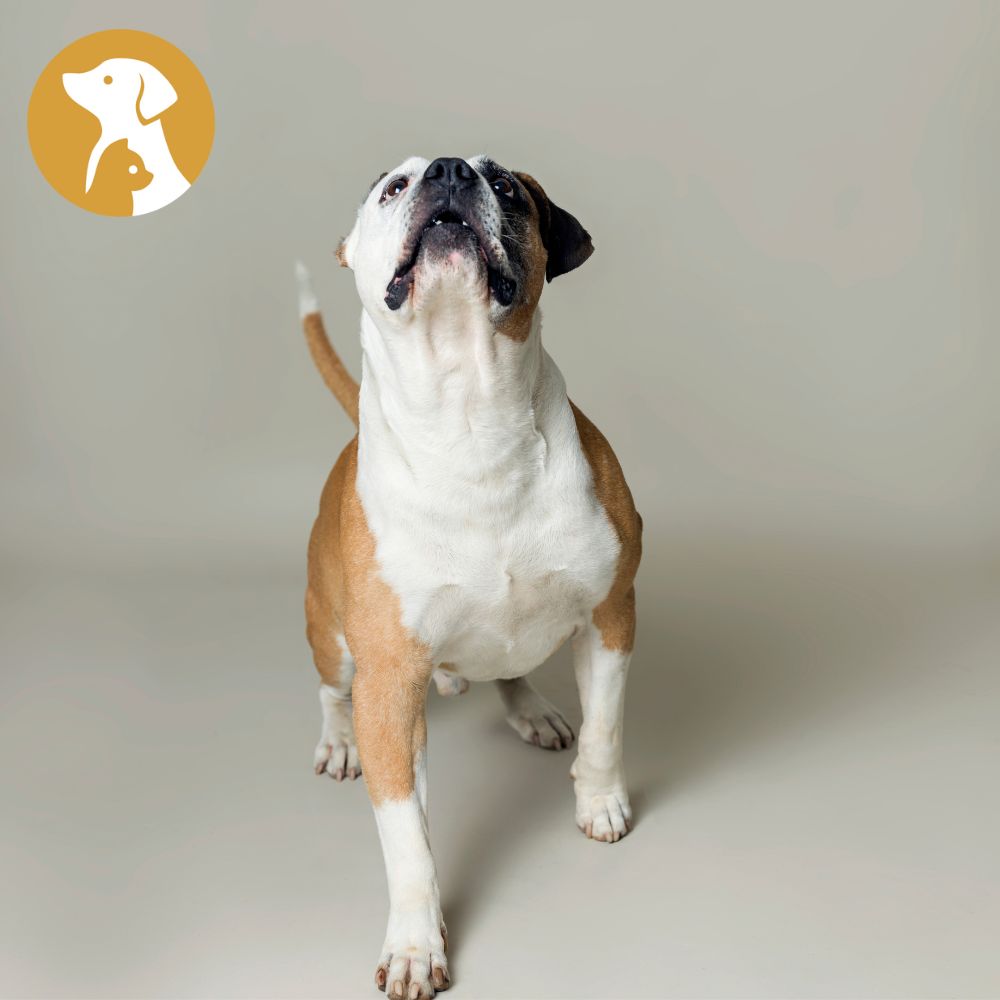
Bull-baiting involved releasing a tethered bull into a ring and setting dogs, primarily Mastiffs, upon it. The dogs would attempt to overpower and immobilize the bull by gripping its snout and holding on tightly. This brutal sport, although now considered inhumane, played a significant role in shaping the physical attributes and temperament of bulldog breeds.
The Influence on Physical Traits
The dogs used in bull-baiting were selectively bred for their tenacity, strength, and a unique physical characteristic known as brachycephaly. This term refers to the shortened skull and flat face commonly associated with bulldogs today. The purpose of this trait was to enable the dog to latch onto the bull’s snout and continue biting without losing its grip. It also protected the dog’s vulnerable facial features from potential injury during the intense struggle with the bull.
Evolution Through Purposeful Breeding
As bull-baiting gained popularity, the breed evolved further, becoming more compact, muscular, and agile. The dogs were also bred for their courage and determination, as these traits were essential for success in the ring. The early bulldogs were known for their fierce disposition, unwavering loyalty, and their ability to withstand immense physical strain.
Transition to Family Companions
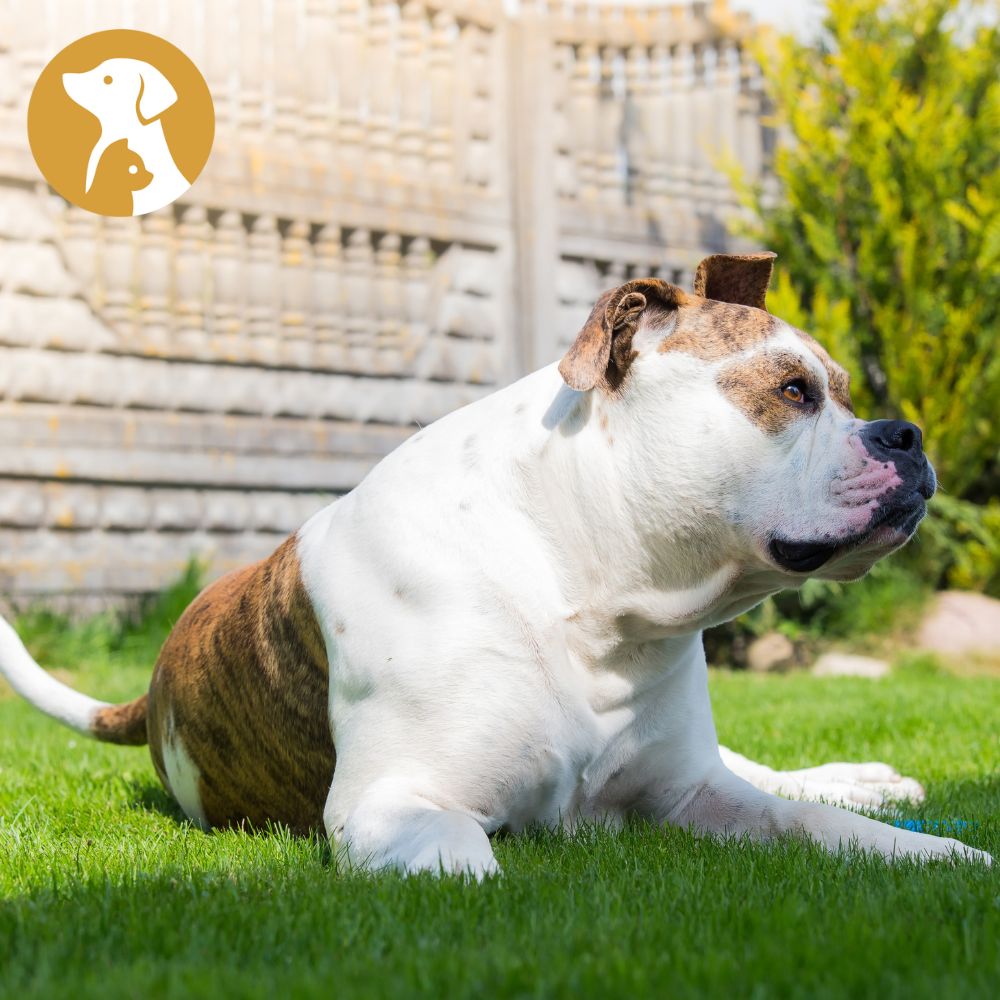
However, the tide began to turn for the bulldog breeds in the early 19th century when public opinion turned against blood sports like bull-baiting. In 1835, the British Parliament passed the Cruelty to Animals Act, which banned such activities. This legislation led to a decline in the popularity of bulldogs, as their main purpose was suddenly removed.
A New Role: Family Pet
Fortunately, a group of dedicated breed enthusiasts saw the potential in these dogs beyond their participation in blood sports. They recognized the unique traits of bulldogs, such as their affectionate nature, resilience, and adaptability, and set out to transform them into family pets.
Transformation and Diverse Breeds
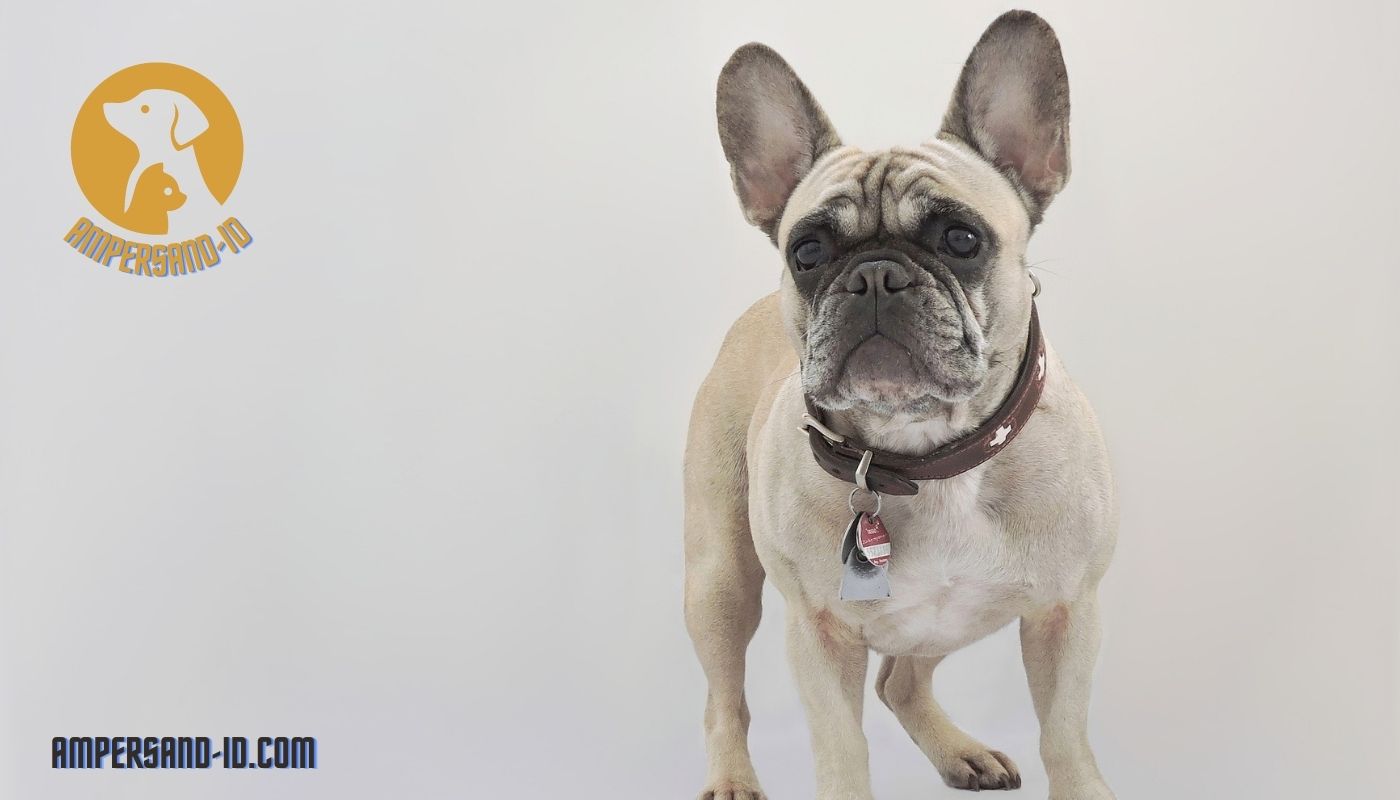
Selective breeding programs were initiated to refine the breed’s temperament and appearance. The aggressive tendencies that had been bred into the bulldogs for bull-baiting purposes were gradually replaced with a more gentle and docile disposition. This transformation allowed the breed to thrive in domestic settings and make a seamless transition from the fighting ring to the family hearth.
Emergence of Distinct Breeds
During this period of transition, several bulldog breeds emerged. The English Bulldog, known for its distinctive appearance and friendly demeanor, became a symbol of British identity and was associated with qualities such as courage and determination. The breed gained immense popularity in England and eventually spread to other parts of the world.
The American Bulldog and French Bulldog
In the United States, the American Bulldog was developed from English Bulldogs brought over by immigrants. The American Bulldog retained many of the physical characteristics of its English counterpart, but with a more athletic build. This breed became popular as a working dog, primarily used for farm work, hunting, and as a guard dog.
Similarly, the French Bulldog, also known as the “Frenchie,” emerged as a distinct breed during this time. It was originally bred in England but gained popularity in France, where it was further refined. The French Bulldog is smaller in size compared to the English and American bulldogs, with a playful and affectionate nature that endeared it to many families.
Continued Evolution and Varieties
In recent years, there has been a surge in the popularity of other bulldog breeds, such as the Olde English Bulldogge and the Victorian Bulldog. These breeds aim to recreate the appearance and temperament of the original bulldogs that participated in bull-baiting, while also addressing some of the health issues associated with modern bulldogs.
A Legacy of Companionship
Today, bulldog breeds are cherished as loyal companions and beloved family pets. Their history and evolution highlight the incredible resilience and adaptability of these dogs, as they have transformed from fierce fighters to gentle and affectionate companions.
What Is The History Of Bulldog Breeds?
The English Bulldog breed is one of the oldest in the world. They are believed to have descended from the ancient Molossus breed of dogs, which were used in combat by the ancient Greeks and Romans. The English Bulldog was originally used for bull baiting, a blood sport in which a bull was tied to a post and a dog was released to attack it. The English Bulldog was specifically bred for this purpose, and was able to withstand the intense physical exertion and the large, sharp horns of the bull.
Bull baiting was outlawed in England in 1835, and the English Bulldog was used in other ways, such as as a working dog on farms. In the late 1800s, a group of English Bulldog enthusiasts began to breed the dogs for show, and the modern English Bulldog was born. The English Bulldog is now a popular companion dog, and is also used in bulldog racing and other dog sports.
What Is The Origin Of The Bulldog?
The bulldog has a long and storied history, which can be traced all the way back to the ancient Greeks and Romans. These ancient civilizations were some of the first to use the bulldog as a working animal, and it was used for a variety of purposes, including bull baiting and cart pulling.
The bulldog’s popularity continued to grow in the Middle Ages, and it was used by farmers and merchants to help them move their goods. Bulldogs were also used as war dogs, and they were known for their bravery and toughness in battle.
The modern bulldog is descended from the Old English Bulldog, which was brought to the United States in the 1800s. Bulldogs were used in a variety of ways in America, including as working animals on farms and as pets.
Today, the bulldog is a popular breed of dog and is known for its friendly personality and adorable face. Bulldogs make great pets and are often used in advertising and marketing campaigns.
What Was The First Breed Of Bulldog?
The first breed of Bulldog, known as the Old English Bulldog, was a precursor to the modern English Bulldog. The Old English Bulldog was a different type of dog compared to the modern English Bulldog we are familiar with today. It was a larger, more athletic, and aggressive breed primarily used for bull-baiting and bear-baiting, popular blood sports in England during the 17th century.
The Old English Bulldog had a strong, muscular build and was specifically bred for its tenacity, strength, and determination when engaging with bulls in baiting contests. They were known for their courageous nature and ability to tackle and hold onto bulls, controlling and subduing them.
Over time, changes in societal attitudes led to a decline in bull-baiting and bear-baiting, and efforts were made to selectively breed a more docile and companionable Bulldog. This led to the development of the modern English Bulldog, a breed with a distinct appearance, temperament, and purpose.
The modern English Bulldog has a more relaxed and gentle temperament compared to its predecessor, the Old English Bulldog. The transformation from the Old English Bulldog to the modern English Bulldog involved selective breeding to emphasize desired traits, resulting in the breed we recognize today.
What Breeds Created The Bulldog?
The original bulldog was a cross between the mastiff and the pug. The purpose of creating this breed was to create a dog that could bait bulls. The bulldog was also used as a guard dog and as a hunter of wild boar.
The modern bulldog is a very different dog from the original bulldog. The modern bulldog is a friendly, lovable dog that is not very good at doing anything. The modern bulldog is the result of selective breeding for characteristics that make the dog more appealing to people.
The bulldog is a very popular breed and there are many different breeds of bulldogs. There are American bulldogs, English bulldogs, French bulldogs, and a variety of other bulldog breeds.
Conclusion
In conclusion, the history and origin of Bulldog breeds weave a narrative that spans centuries, traversing through different continents and societal shifts. From their inception as formidable bull-baiters to their transformation into beloved companions, Bulldogs have witnessed a remarkable evolution. Their journey is a testament to adaptability, resilience, and the enduring bond between humans and their four-legged friends.
The history and origin of bulldog breeds are deeply rooted in a rich and complex heritage, spanning centuries of development and evolution. From their ancient predecessors to their transformation into beloved family pets, bulldogs have endured as one of the most recognizable and cherished breeds in the world. Their journey is a testament to the power of selective breeding and the enduring bond between humans and dogs.
As we celebrate the unique charm of Bulldogs today, it’s crucial to reflect on their storied past. The shifts from bull-baiting to companionship, the challenges they faced, and their enduring popularity offer insights into the dynamic relationship between humans and their canine counterparts. Bulldogs, with their distinct characteristics and rich heritage, continue to capture hearts and create a bridge between history and contemporary companionship.
FAQs: Bulldog Breeds History
1. What was the original purpose of Bulldogs in bull-baiting?
- Bulldogs were initially bred for bull-baiting, a medieval practice where they displayed tenacity and courage in confronting bulls. Over time, their role shifted towards companionship.
2. How did Bulldogs evolve in England during the 18th century?
- Bulldogs underwent a transformation in temperament, moving away from aggression. The 18th century saw a shift towards a more amiable and companionable nature.
3. Are Bulldogs recognized as cultural symbols?
- Yes, Bulldogs have been depicted in art and literature, becoming symbols of tenacity, loyalty, and courage. They hold a unique place in various cultures worldwide.
4. What challenges do Bulldogs face in terms of health concerns?
- Bulldogs are prone to certain health issues, including respiratory and joint problems. Responsible breeding and regular veterinary care are essential for their well-being.
5. How have Bulldogs adapted to the modern era, particularly in online communities?
- Bulldogs have found a thriving presence in online communities and social media. They serve as adorable influencers, connecting with a global audience and showcasing their endearing personalities.
These frequently asked questions provide a concise overview of key aspects related to the history and origin of Bulldog breeds. By understanding their journey, challenges, and contemporary significance, we deepen our appreciation for these remarkable canine companions.

